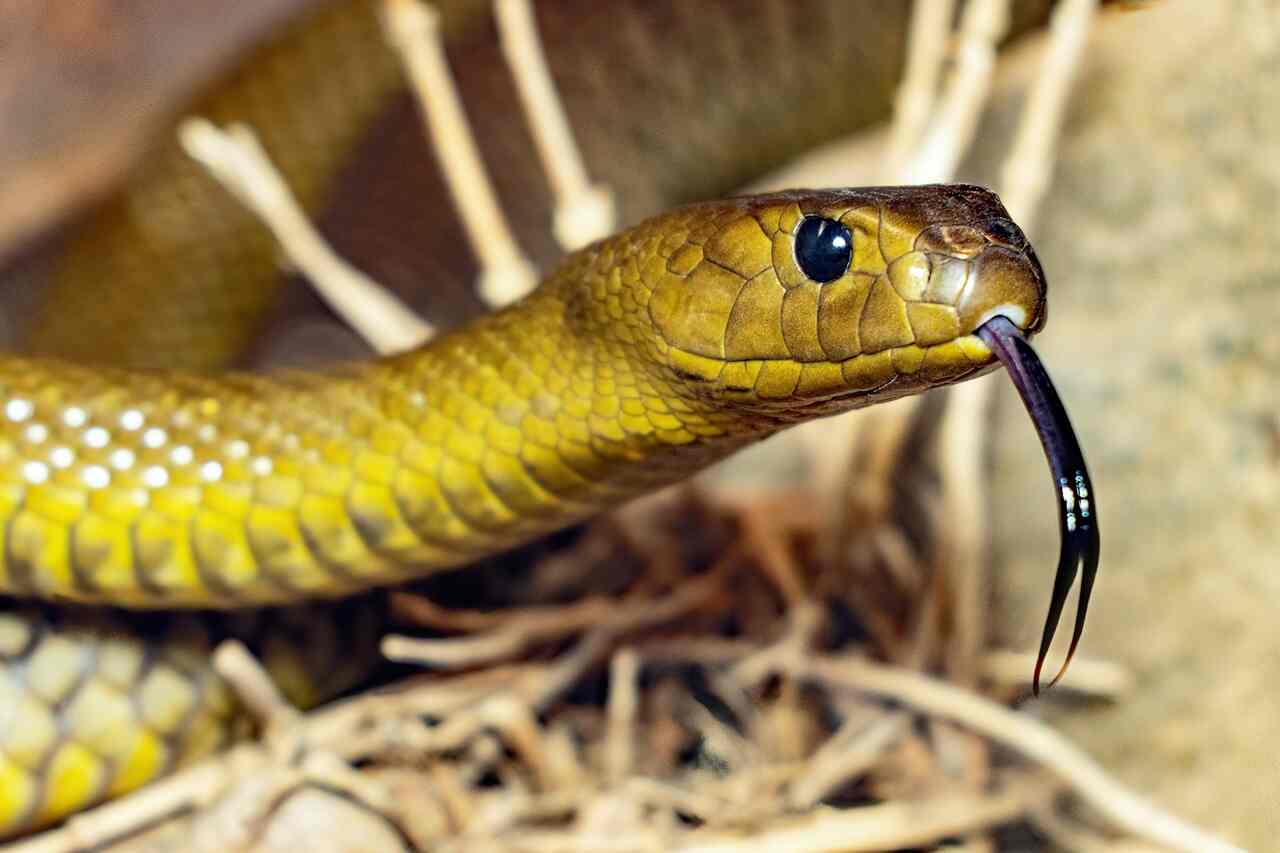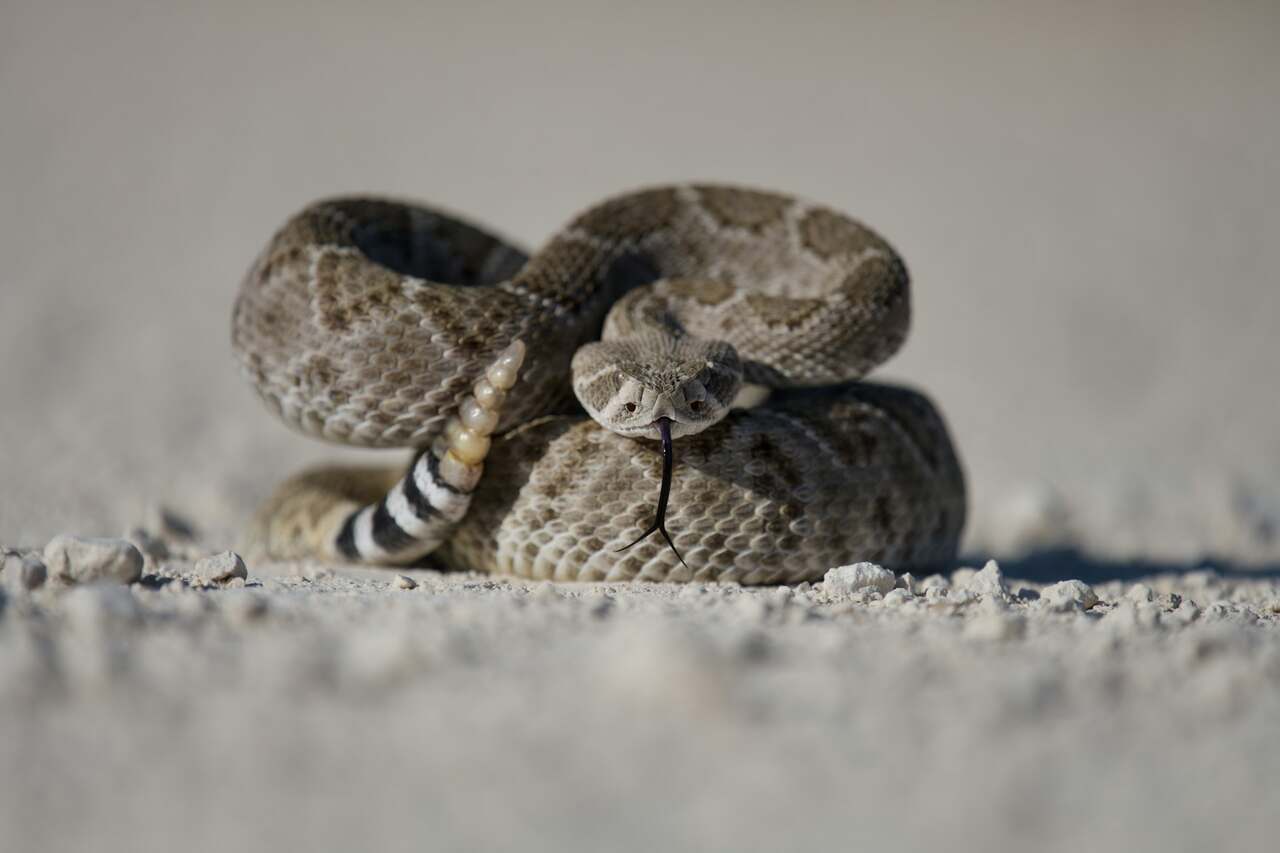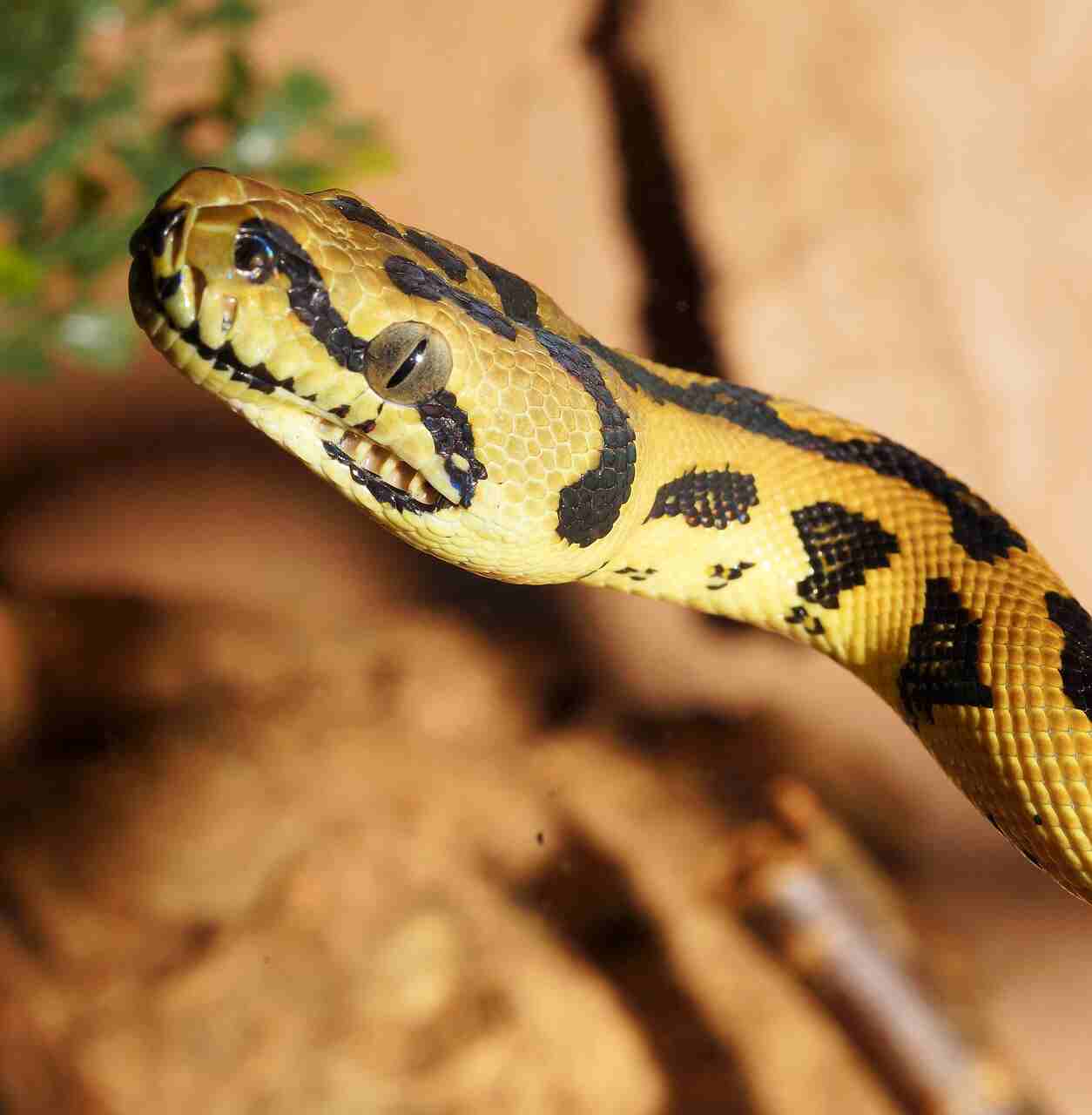
If you’ve ever encountered a snake, you may have been terrified at the possibility of being bitten and suffering the potentially deadly consequences of venom.
However, not all snakes are venomous. Therefore, we just need to identify which snakes are venomous and which are not and take necessary measures accordingly.
According to a report published on the Terminix website, we can observe four factors before determining whether a snake is venomous or not. They are: behavior and habitat of snakes, color, head shape, and pupils.
Each snake species exhibits different behavior and lives in various habitats. For example, one of the most well-known characteristics can be observed in rattlesnakes.
When threatened, rattlesnakes may shake their tail rattles to create a loud clicking noise as a warning to predators.
Regarding habitats, the best example is cottonmouth snakes, which live in or near water. Thus, if there is a nearby lake or swamp, cottonmouth snakes may be observed in the area, depending on the geographical location.
The cottonmouth snake is considered extremely dangerous. It is one of the most venomous snakes in America, but only attacks when it feels provoked.
Colors may not be a perfect method to distinguish between venomous and non-venomous snakes. This is because each type of snake contains many subspecies with variations in size and color.
However, venomous snakes have a more triangular-shaped head compared to non-venomous snakes. So, keep that in mind when encountering a snake.
Additionally, venomous snakes can also be distinguished by the holes in their head. However, it will likely be difficult to determine from a distance whether the snake has holes in its head or not.
Another potentially dangerous method is examining the snake’s pupils. This can be harmful because snake pupils can only be observed up close.
The eyes of most venomous snakes are quite similar to those of cats, i.e., thin, black, vertical pupils surrounded by a green-yellow eyeball. The coral snake, however, has round pupils.
In summary, if you encounter a snake, try to remain calm. The likelihood of it being venomous is reasonably small.
According to the World Health Organization, there are over 600 venomous species of snakes on Earth, and only 200 of them can cause any real harm to humans.

